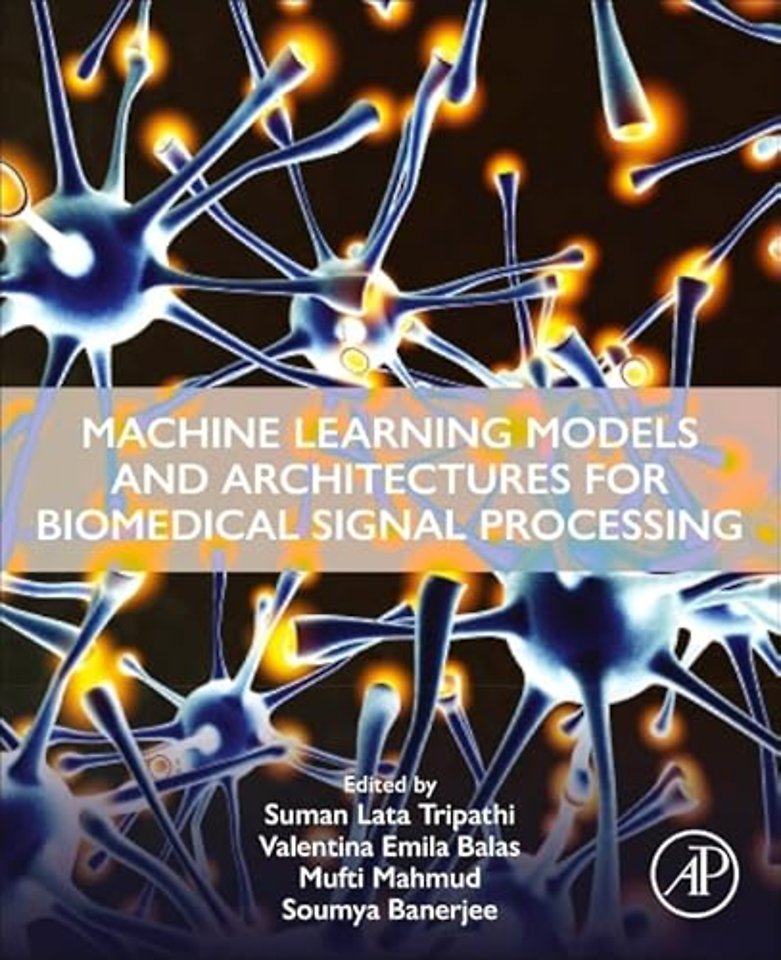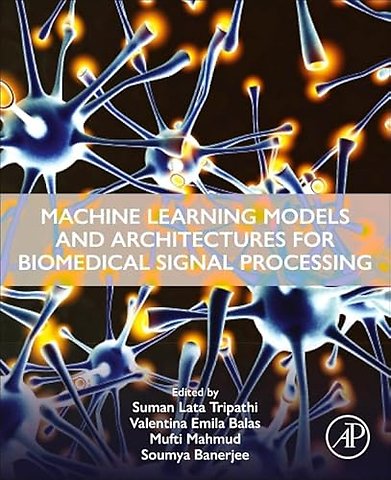<p>Section 1: Introduction to bioinformatics<br>1.1 Recent trends of bioinformatics<br>1.2 Biomedical signal processing technique<br>1.3 Transfer Learning based Arrhythmia classification using Electrocardiogram<br><br>Section 2: Machine learning models for biomedical signal processing<br>2.1 Exploring Machine Learning Models for Biomedical Signal Processing: A Comprehensive Review<br>2.2 Machine Learning for Audio Processing: From Feature Extraction to Model Selection<br>2.3 Pre-processing of MRI images suitable for Artificial Intelligence-based Alzheimer’s Disease classification<br>2.4 Machine Learning Models for Text and Image Processing<br>2.5 Assistive Technology for Neuro-rehabilitation Applications Using Machine Learning Techniques<br>2.6 Deep Learning Architectures in Computer Vision based Medical Imaging Applications with Emerging Challenges<br>2.7 Relevance of Artificial Intelligence, Machine Learning, and Biomedical Devices to Healthcare Quality and patient Outcomes<br>2.8 AI-Based ECG Signal processing applications<br>2.9 Deep Learning Approach for the Prediction of Skin Diseases<br><br>Section 3: Brain computer interfaces (BCI)<br>3.1 Brain-Computer Interface<br>3.2 Analysis on Types of Brain-Computer Interfaces for Disabled Person<br>3.3 Brain Computer Interfaces for elderly and disabled person<br><br>Section 4: Real time architecture design for biomedical signals<br>4.1 Machine learning model implementation with FPGA’S <br>4.2 Smart Biomedical Devices for Smart Healthcare<br>4.3 FPGA implementation for explainable machine learning and deep learning models to real time problems<br><br>Section 5: Software and Hardware-based Applications for biomedical Informatics<br>5.1 Software Applications for Biometric Informatics<br>5.2 Smart Medical Devices: Making Health Care More Intelligent<br>5.3 Security modules for biomedical signal processing<br>5.4 Artificial intelligence-based diagnostic tool for cardiovascular risk prediction<br>5.5 Machine Learning Algorithm approach in risk prediction of Liver Cancer</p>

